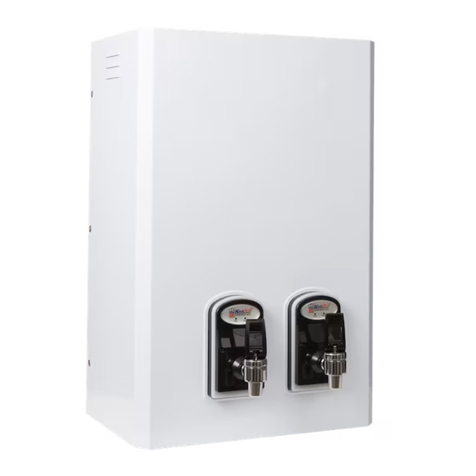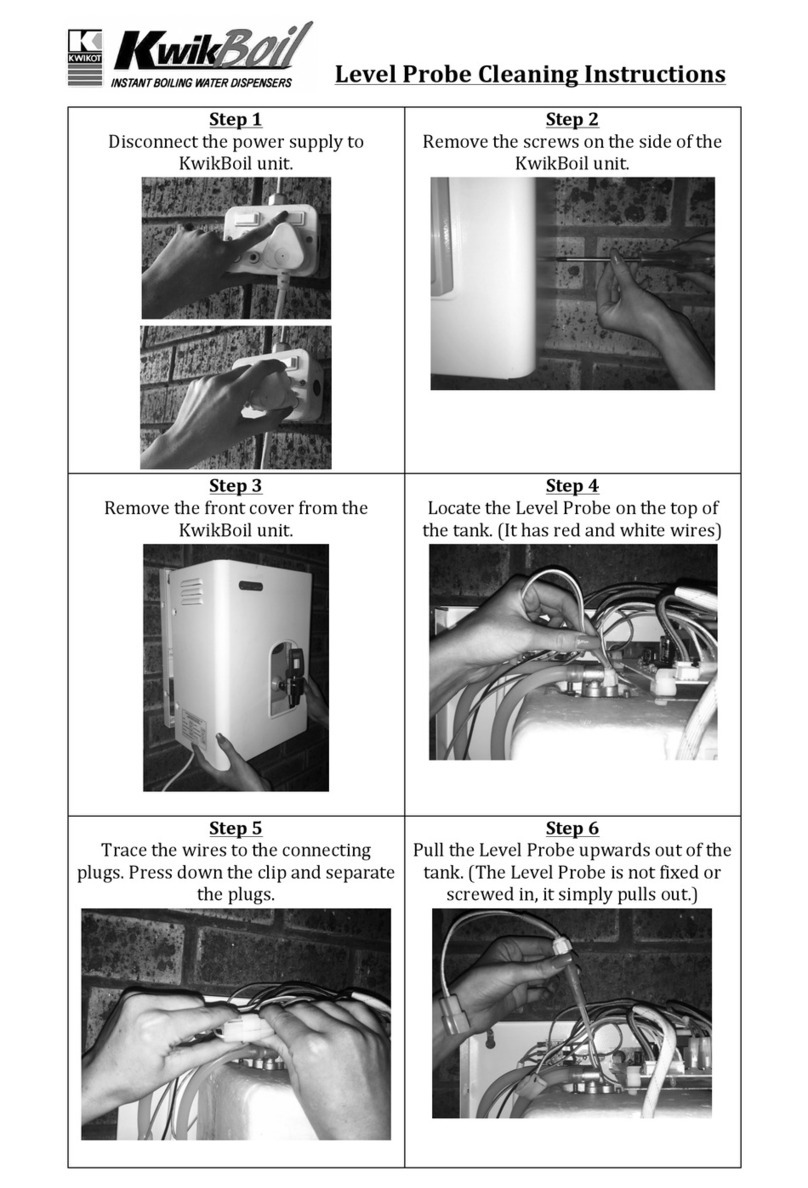Bibliography
BS 6700 : 1997
Specification for design,
installation, testing and maintenance of services
supplying water for domestic use within buildings
and their curtilages
Conditions of Certification
8 Conditions
8.1 This Certificate:
(a) relates only to the product that is described,
installed, used and maintained as set out in this
Certificate;
(b) is granted only to the company, firm or person
identified on the front cover — no other company,
firm or person may hold or claim any entitlement to
this Certificate;
(c) is valid only within the UK;
(d) has to be read, considered and used as a
whole document — it may be misleading and will
be incomplete to be selective;
(e) is copyright of the BBA;
(f) is subject to English law.
8.2 References in this Certificate to any Act of
Parliament, Regulation made thereunder, Directive
or Regulation of the European Union, Statutory
Instrument, Code of Practice, British Standard,
manufacturers’ instructions or similar publication,
are references to such publication in the form in
which it was current at the date of this Certificate.
8.3 This Certificate will remain valid for an
unlimited period provided that the product and the
manufacture and/or fabrication including all
related and relevant processes thereof:
(a) are maintained at or above the levels which
have been assessed and found to be satisfactory
by the BBA;
(b) continue to be checked as and when deemed
appropriate by the BBA under arrangements that it
will determine; and
(c) are reviewed by the BBA as and when it
considers appropriate.
8.4 In granting this Certificate, the BBA is not
responsible for:
(a) the presence or absence of any patent,
intellectual property or similar rights subsisting in the
product or any other product;
(b) the right of the Certificate holder to market,
supply, install or maintain the product; and
(c) the actual works in which the product is
installed, used and maintained, including the
nature, design, methods and workmanship of such
works.
8.5 Any recommendations relating to the use or
installation of this product which are contained or
referred to in this Certificate are the minimum
standards required to be met when the product is
used. They do not purport in any way to restate the
requirements of the Health & Safety at Work etc
Act 1974, or of any other statutory, common law
or other duty which may exist at the date of this
Certificate or in the future; nor is conformity with
such recommendations to be taken as satisfying the
requirements of the 1974 Act or of any present or
future statutory, common law or other duty of care.
In granting this Certificate, the BBA does not
accept responsibility to any person or body for any
loss or damage, including personal injury, arising
as a direct or indirect result of the installation and
use of this product.
In the opinion of the British Board of Agrément, Kwikot Unvented Hot Water Storage Systems
are fit for their intended use provided they are installed, used and maintained as set out in this
Certificate. Certificate No 96/3253 is accordingly awarded to Kwikot Limited.
On behalf of the British Board of Agrément
Date of Third issue: 10th September 2004 Chief Executive
*Original Front Sheets issued 23rd September 1996. This amended version includes change of product name, and
reference to the revised national Building Regulations, Water Supply Regulations, Construction (Design and
Management) Regulations, and new
Conditions of Certification
.
British Board of Agrément
P O Box No 195, Bucknalls Lane
Garston, Watford, Herts WD25 9BA
Fax: 01923 665301
©2004
For technical or additional information,
contact the Certificate holder (see
front page).
For information about the Agrément
Certificate, including validity and
scope, tel: Hotline
01923 665400
,
or check the BBA website.
website: www.bbacerts.co.uk






























